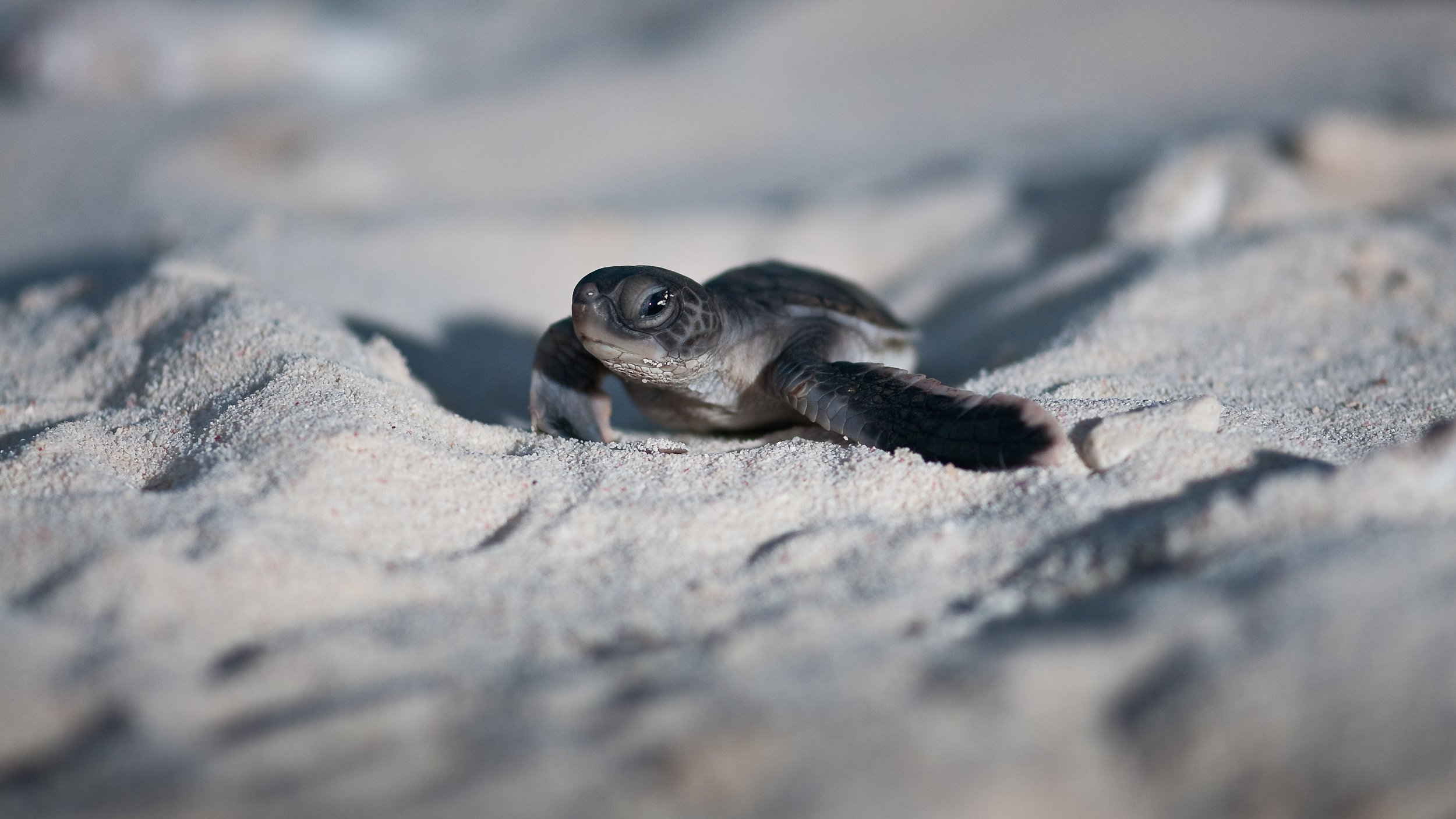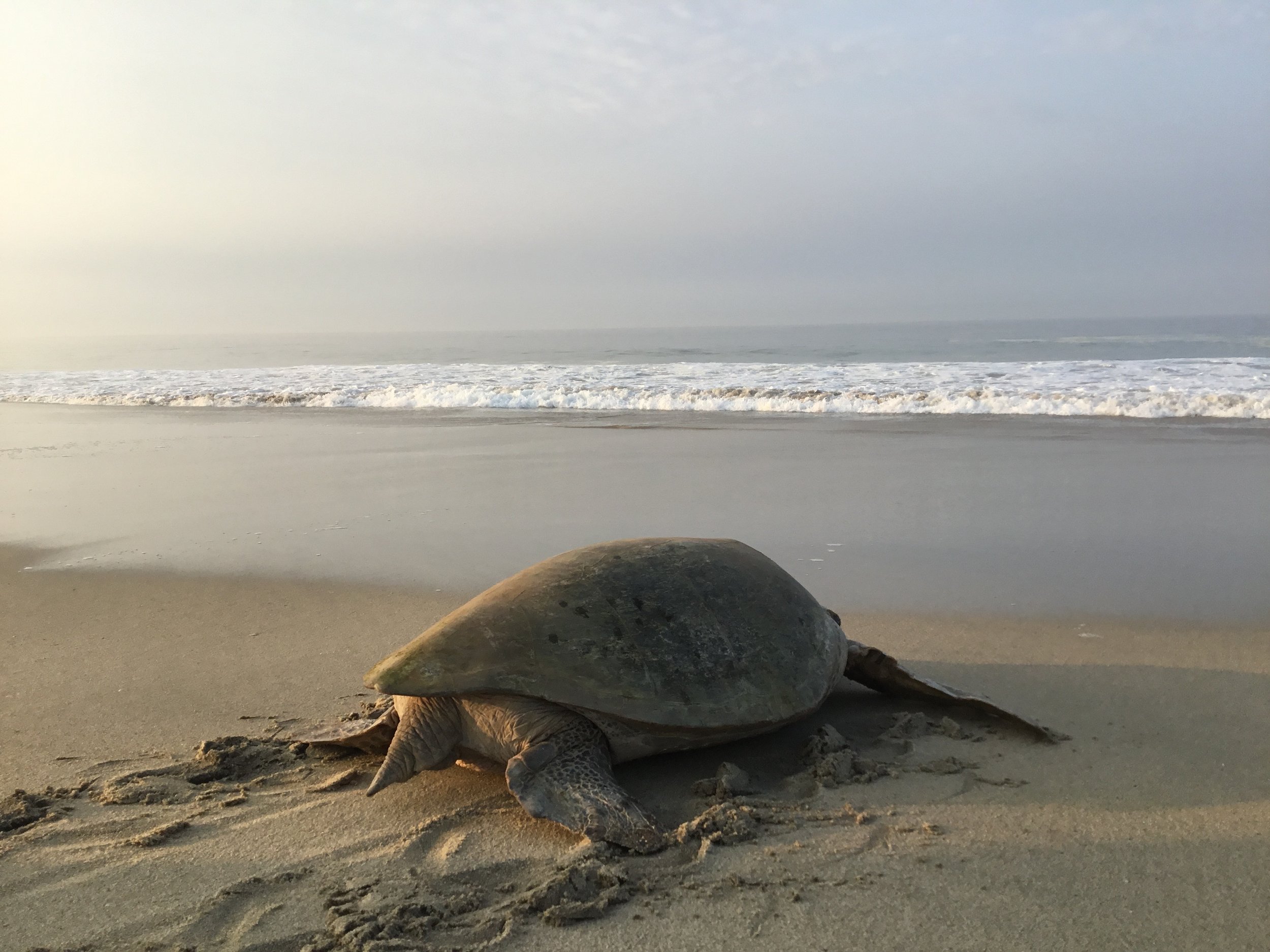August & September Billion Baby Turtles Update
In August and September, we gave a total of US$ 14,000 or our Billion Baby Turtles program, we supported 4 projects in 3 different countries. So far this year, we have supported 32 partners with a total of US $148,500 in 16 different countries, protecting an estimated 780,000 hatchlings, bringing us to more than 9 million turtles saved to date.
Turtle Foundation, Sipora and Selaut Besar, Indonesia
Sipora
On the island of Sipora in West Sumatra, part of the Mentawai Islands, in 2017, a completely unknown to science nesting 8 km beach of the endangered leatherback turtle was discovered: Buggeisiata. Over decades, the local community used to hunt nesting females and take the eggs for their consumption. With these practices, the number of nesting females has been decimated but since Turtle Foundation ishas been protecting this beach, the local community has respected the life of nesting females. Thus, even in a low number of nests every season, the protection of this area is very important to protect the female turtles. Last season, they protected 32 leatherback nests, 4 hawksbill nests and 5 nests of olive ridleys. With US $3,000, SEE Turtles supported this project that protects not only eggs and hatchlings but also adult females from being killed.
Green turtle hatchling from Indonesia. Photo credit Turtle Foundation
Selaut Besar
Selaut Besar is an important nesting site for green turtles in Sumatra/Indonesia. Last season, Turtle Foundation protected 328 nests of green turtles and 18 of leatherback. The island is also sporadically visited by hawksbill turtles, so that a total of three different species of sea turtles nest on this unique island. Turtle Foundation is hiring and training staff from local communities and each member of the Selaut team is from Simeulue. Some of the team members were hunters themselves but now through participation in the program, they are aware of the importance of the sea turtles and have become sea turtle guardians. They carry this awareness with them into their communities and have been able to raise awareness of the project through community engagement. Our Billion Baby Turtles program is supporting this new project on this Island with US$ 5,000 for this upcoming season.
Releasing hatchlings in the Ivory Coast. Photo credit: Conservation des Especes Marines
Conservation des Espèces Marines, Grand-Béréby, Ivory Coast
Conservation des Espèces Marines (CEM) has been active for more than a decade in sea turtle protection activities, focusing on approximately 30 km of beaches west of Grand-Béréby. CEM is a local nonprofit association of the Ivory Coast and is composed almost entirely by members of local communities. The field activities are carried out by local eco-guards. Three marine turtle species nest on the beach West of Grand Béréby: leatherback, olive ridleys, and green turtles. Last season, they protected 679 olive ridley nests, 60 green turtles, and 54 leatherbacks. Billion Baby Turtles is supporting this organization for the first time this year with US $3,000 expecting to help at least 1,000 baby turtles to get to the ocean.
Olive ridley turtle returning to the ocean in Mexico. Photo credit: Palmarito Turtle Camp
Palmarito Turtle Camp, Oaxaca, Mexico
The Palmarito Project has been operating since 2005. They manage a nesting beach for leatherback, black, and olive ridley turtles. They also run the Dark Nights Environmental Education Program, to provide information to people who live on the beachfront, about the importance of Palmarito for the reproduction of sea turtles, threats, and alternatives to contribute to their conservation and the Sea turtle monitoring program, where they have confirmed the presence of the hawksbills throughout the year. Last season they protected 284 nests of olive ridley turtles, 120 green turtles, and 5 leatherbacks, helping to get to the ocean more than 34,000 baby turtles. Billion Baby Turtles supported this partner with US$ 3,000 helping to save more than 4,500 baby turtles.



